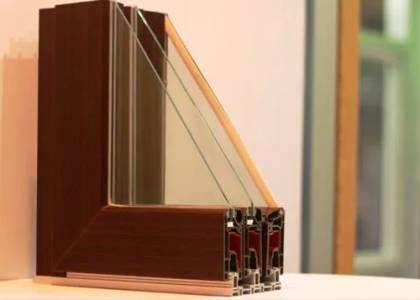Description
Fusion Welded Joints: Superior Strength and Seamless Integration
Fusion welding creates a permanent, homogenous bond between two or more materials, resulting in a joint with unparalleled strength and integrity. Unlike mechanical fasteners, fusion welding eliminates weak points and potential failure zones, creating a truly seamless connection. This makes fusion welded joints ideal for a wide range of high-performance applications where reliability and durability are paramount.
Key Features & Benefits:
- Unmatched Strength: Fusion welding produces a joint that is as strong, or stronger, than the parent materials. This ensures superior structural integrity and load-bearing capacity, crucial for demanding applications.
- Hermetic Seal: The process creates a completely sealed joint, preventing leakage of liquids, gases, or contaminants. This is essential in applications requiring containment, such as pressure vessels, pipelines, and chemical processing equipment.
- Improved Fatigue Resistance: Fusion welded joints exhibit excellent fatigue resistance, meaning they can withstand repeated cycles of stress without failure. This extends the lifespan of components and reduces maintenance requirements.
- Enhanced Corrosion Resistance: The process can be tailored to enhance the corrosion resistance of the joint, protecting it from environmental degradation and extending its service life. This is particularly important in harsh environments.
- Versatility: Fusion welding can be used with a wide range of materials, including metals, plastics, and composites, offering flexibility in design and material selection.
- Aesthetic Appeal: In many cases, fusion welding can produce a smooth, visually appealing joint, minimizing surface imperfections.
- Cost-Effectiveness (in the long run): While the initial cost might be higher than some joining methods, the superior strength, durability, and reduced maintenance of fusion welded joints often result in significant long-term cost savings.
Applications:
Fusion welded joints find applications across numerous industries, including:
- Aerospace: Joining lightweight yet high-strength materials for aircraft and spacecraft structures.
- Automotive: Creating strong and lightweight components for vehicles.
- Construction: Joining structural elements for buildings and bridges.
- Energy: Constructing pipelines, pressure vessels, and other critical components in power generation and transmission systems.
- Medical: Producing durable and biocompatible implants and instruments.
- Manufacturing: Joining components in various industrial equipment and machinery.
Types of Fusion Welding:
Several techniques fall under the umbrella of fusion welding, including but not limited to:
- Gas Tungsten Arc Welding (GTAW) / TIG Welding: Provides precise control and high-quality welds.
- Gas Metal Arc Welding (GMAW) / MIG Welding: Offers high deposition rates and is suitable for mass production.
- Shielded Metal Arc Welding (SMAW) / Stick Welding: A versatile and portable method suitable for various materials and environments.
- Electron Beam Welding (EBW): Produces extremely precise and high-quality welds, often used for critical applications.
- Laser Beam Welding (LBW): Another highly precise method offering high speed and deep penetration.
Choosing the Right Fusion Welding Technique:
The optimal fusion welding technique depends on factors such as the materials being joined, the required joint strength, the complexity of the geometry, and the production environment. Consulting with a qualified welding engineer is recommended for complex projects to ensure the selection of the most appropriate process.
Conclusion:
Fusion welded joints represent a superior joining method offering unmatched strength, hermetic sealing, and longevity. Their versatility and reliability make them a critical technology across a wide spectrum of industries. By understanding the various techniques and applications of fusion welding, you can leverage its advantages to create high-performance, durable products.
